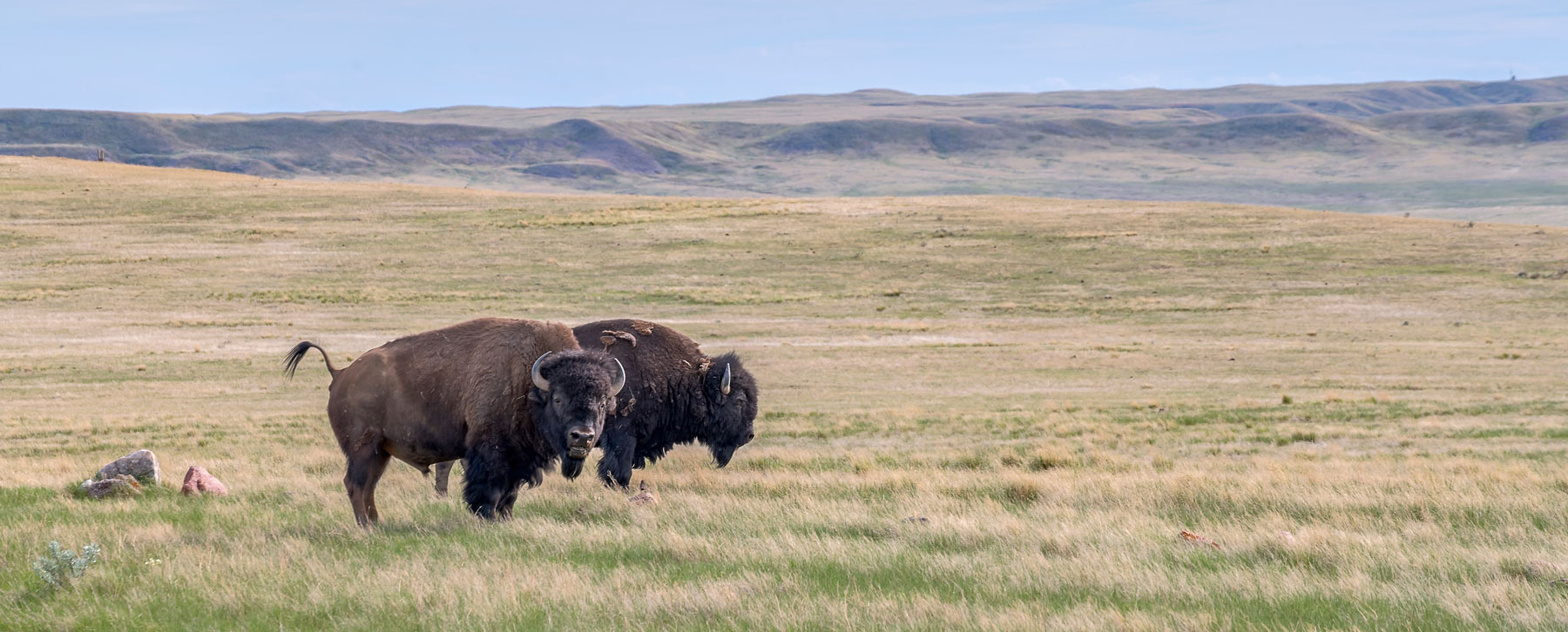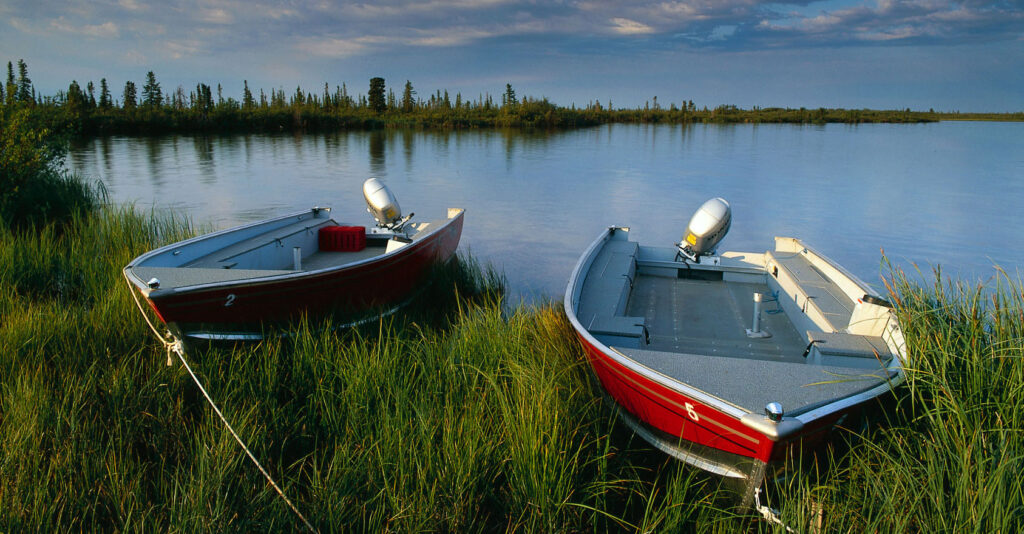How Visitors Can Avoid “Loving Our Parks To Death” This Summer
It’s the long weekend in May – a joyous time of Spring celebration when Canadians solidify winter daydreams into summer plans – with many setting their sights on visiting Canada’s natural wonderlands, our national parks.
Creating lifelong memories by visiting our iconic parks is one way many Canadians feed their connection to nature. And now, more than ever, deepening that connection is crucial. We are in a time when our natural heritage and sovereignty are being threatened, with news story after news story sharing what feels like endless doom and gloom. But there is reason to be optimistic. Canada’s new federal government has made several positive commitments towards preserving our country’s breathtaking national heritage, including its plans to deliver on its promise to protect at least 30% of land, freshwater, and ocean by 2030, to support Indigenous-led conservation, and to create new national parks, marine conservation areas, and urban parks across the country.
Another promise made that Canadians are feeling excited about? Free entry to Canada’s national parks this summer. While we’re encouraged that this news may make visiting Canada’s national parks more accessible, our feelings about this promise are mixed. We wholeheartedly support offering more Canadians the opportunity to visit our national parks, to experience and learn about the wonders of nature, make memories with family, friends, and loved ones, and foster a stronger desire to take action to protect nature from coast-to-coast-to-coast. But we’re also worried about the risk of inadvertently “loving our parks to death.”
Credit: Stellar Sea Lions, Gwaii Haanas National Park Reserve, BC by Bob
In 2020, during the COVID-19 pandemic, we were all forced to reconsider how we spend our free time. Inside spaces were out, and camping and hiking saw a massive resurgence across the country. For some, finding a campsite for the weekend became like a full-time job! In the years that followed, many of our national parks experienced overwhelming numbers of visitors. This summer, things are due to heat up even further, with more people choosing to stay home rather than travelling south of the border. Domestic visitation to our parks is likely to rise.
At the same time, the Canadian dollar is low, and visiting Canada will be an attractive option for many around the world. It’s likely to be a very busy summer for our national parks and free entry is likely to make it even busier!
So, how do we make sure that our national parks, and the diverse array of plants, animals, and insects that live there, aren’t harmed by this free entry plan? Here are some thoughts, both for the federal government, and for visitors:
Canada, we need you to:
Ensure Parks Canada has more capacity to manage and protect our parks.
The federal government must ensure Parks Canada has both the funding necessary to make up for revenue they will lose from not charging entrance fees AND additional funding to manage the increased crowds effectively. Parks Canada will need a clear plan, as well as more park wardens, more visitor staff, more educators, and more science capacity to monitor the impact of high visitation levels on park ecosystems and wildlife. The good news? This extra investment to support an increase in visitors will result in even bigger increases in revenue for stores, hotels, restaurants, tourism operators, and the many other businesses operating within our national parks, that will be providing services to visitors.
Invest in creating new parks!
We are loudly cheering the federal government’s promise to create new national parks, marine conservation areas, and urban parks. We urgently need more protected areas to conserve nature and to provide spaces for people to appreciate and enjoy our country’s vibrant natural heritage. Investment is needed now for Parks Canada and its partners to do this work. Creating new parks takes time to do well, to plan with the involvement and support of local First Nations, Inuit and/or Metis, local communities, provinces and territories. Several projects are already underway, and investment is needed to establish and manage these and other new park projects.
Beyond what the federal government needs to do, there are also lots of things that Canadians can do when thinking about visiting parks this summer, to do their part in avoiding “loving our parks to death.”
- Make sure to plan ahead and avoid disappointment by reserving campsites or hotels before you travel. Act now, as accommodations book up quickly.
- Familiarize yourself with park rules and regulations and follow them! These rules are in place to protect you, any pets travelling with you, other visitors, and the wildlife that live in the park. For example, being scrupulously careful with your food is critical to preventing wildlife from becoming accustomed or “habituated” to humans. When a bear becomes habituated, they may begin to behave in ways that threaten park visitors. Remember this rhyme: “A fed bear is a dead bear.” Following the rules is important for your safety and for the safety of wildlife.
- Consider visiting less well-known parks in Canada, and/or visiting at quieter times, like weekdays rather than weekends. All national parks in Canada are unique and have special experiences to offer. Plus, you can enjoy yourself – and all of nature’s beauty – with fewer people around. Check out all the national parks on Parks Canada’s website.
Remember: you don’t need to visit a National Park to experience nature. Consider visiting a municipal, provincial (or parc national in Quebec) or territorial park for your summer adventures instead. They are often more conveniently located with incredible opportunities for activities like paddling, hiking, and camping. Some even offer “glamping” experiences, which can be a great way to experience time in nature and introduce yourself to camping, while lowering the stress – and cost! – of gathering and packing all your gear. Remember that these parks can also suffer from over-visitation, so make sure to respect them too!
Canada’s national parks are loved by Canadians and international visitors alike. They contribute to our economy, play a key role in conserving nature, and help to buffer the effects of climate change. Investing in our parks is an investment in the well-being of people and nature, now and in the future. When nature thrives, so do we. As our new federal government moves to implement their plans for a stronger Canada, investing in our national parks needs to be a priority.
As we approach the beginning of summer season, from all of us here at CPAWS, we hope you get out and enjoy our magnificent parks! We can’t wait to hear your stories about the memories you made.
Article written by:
Banner photo: Bison, Grasslands National Park, SK, by jkgabbert
Other stories you might be interested in:





